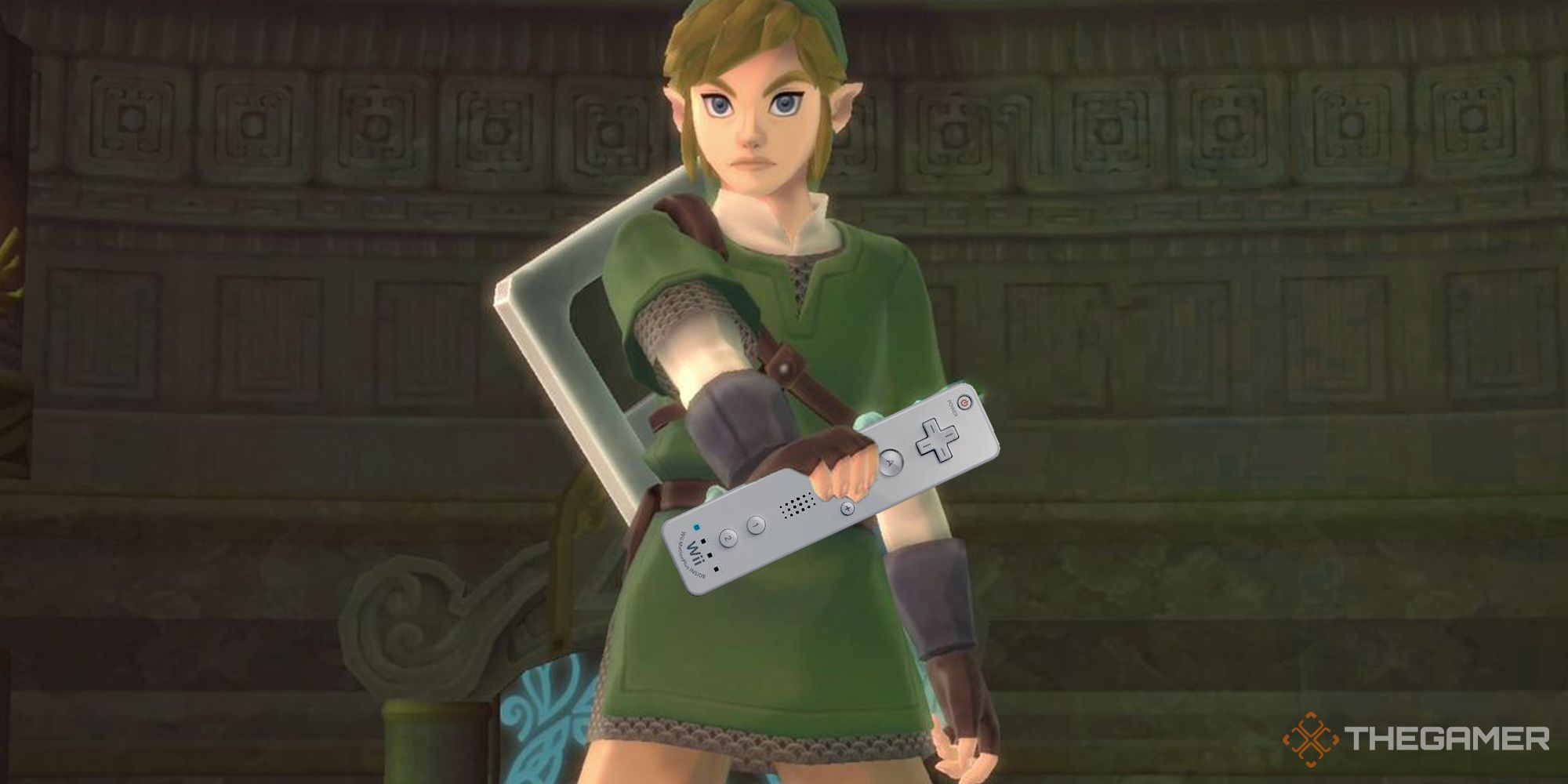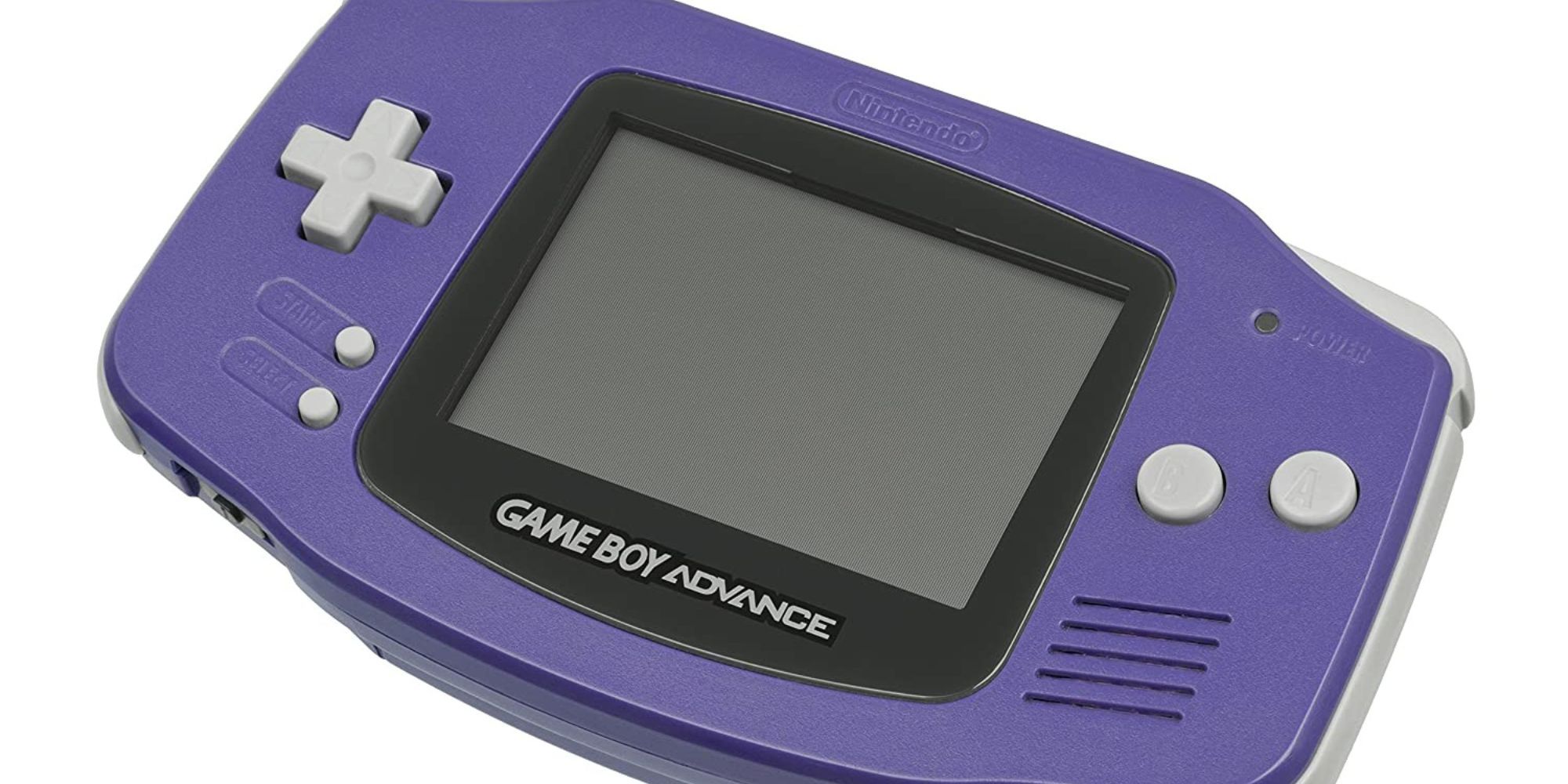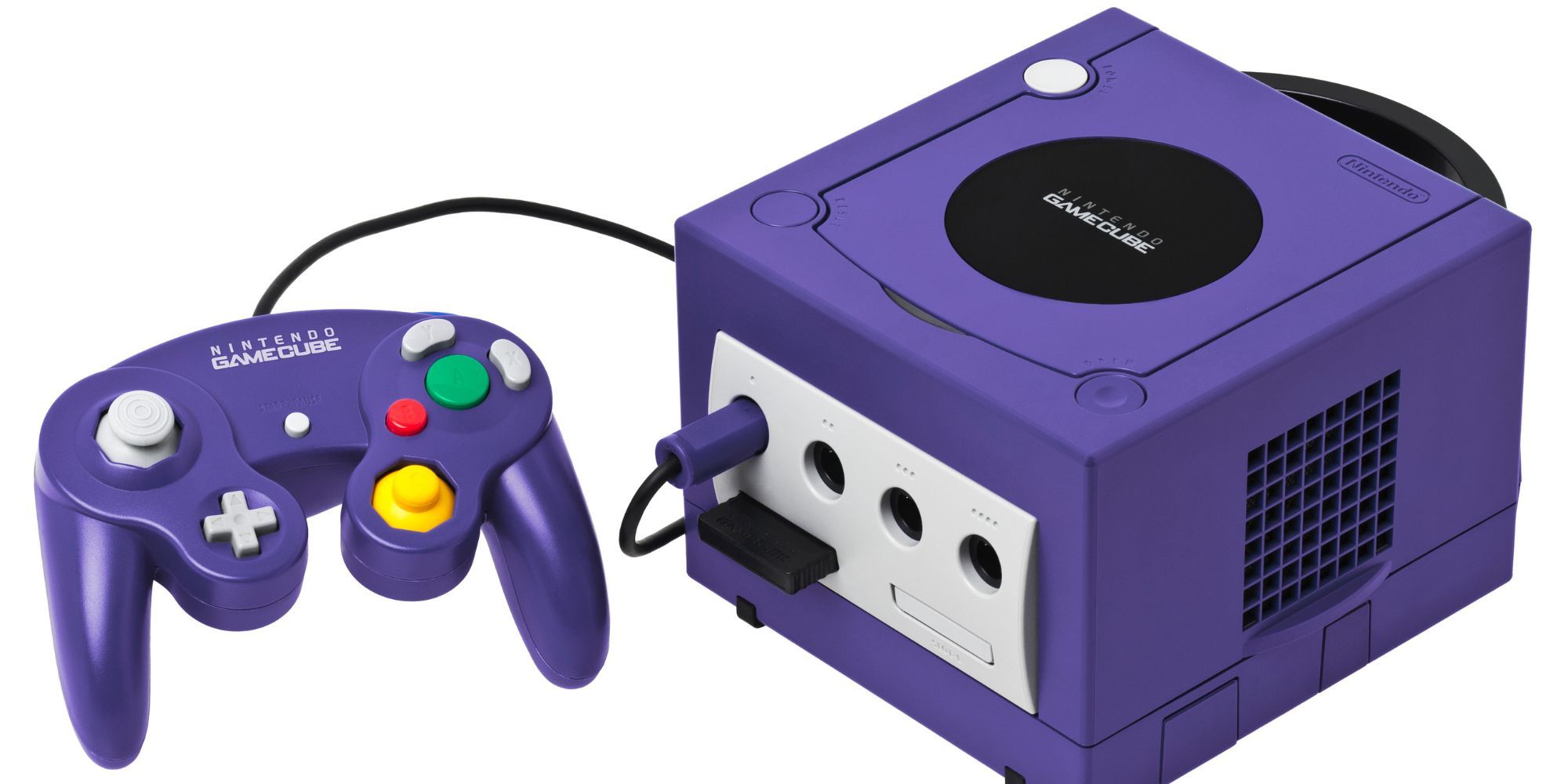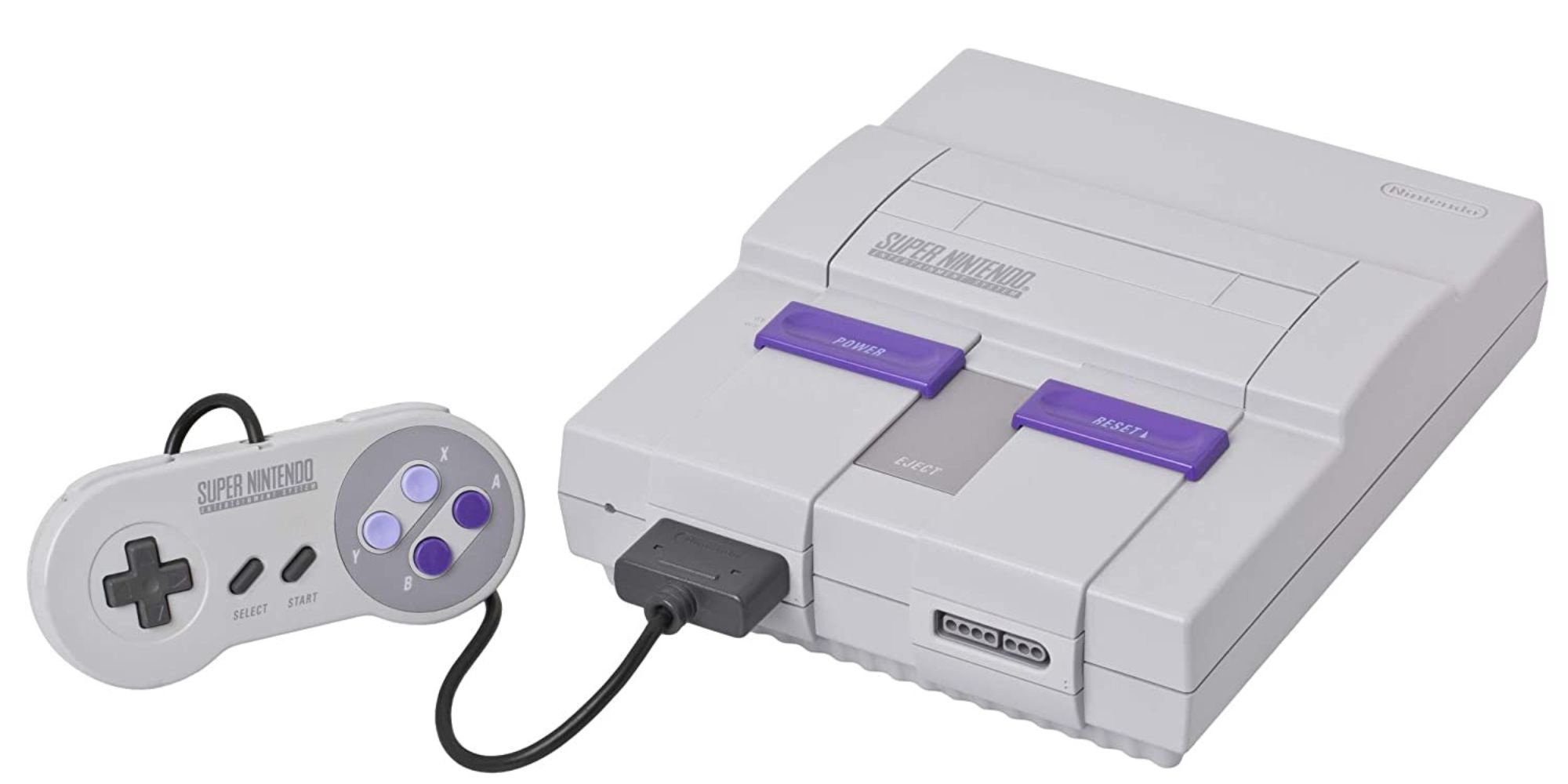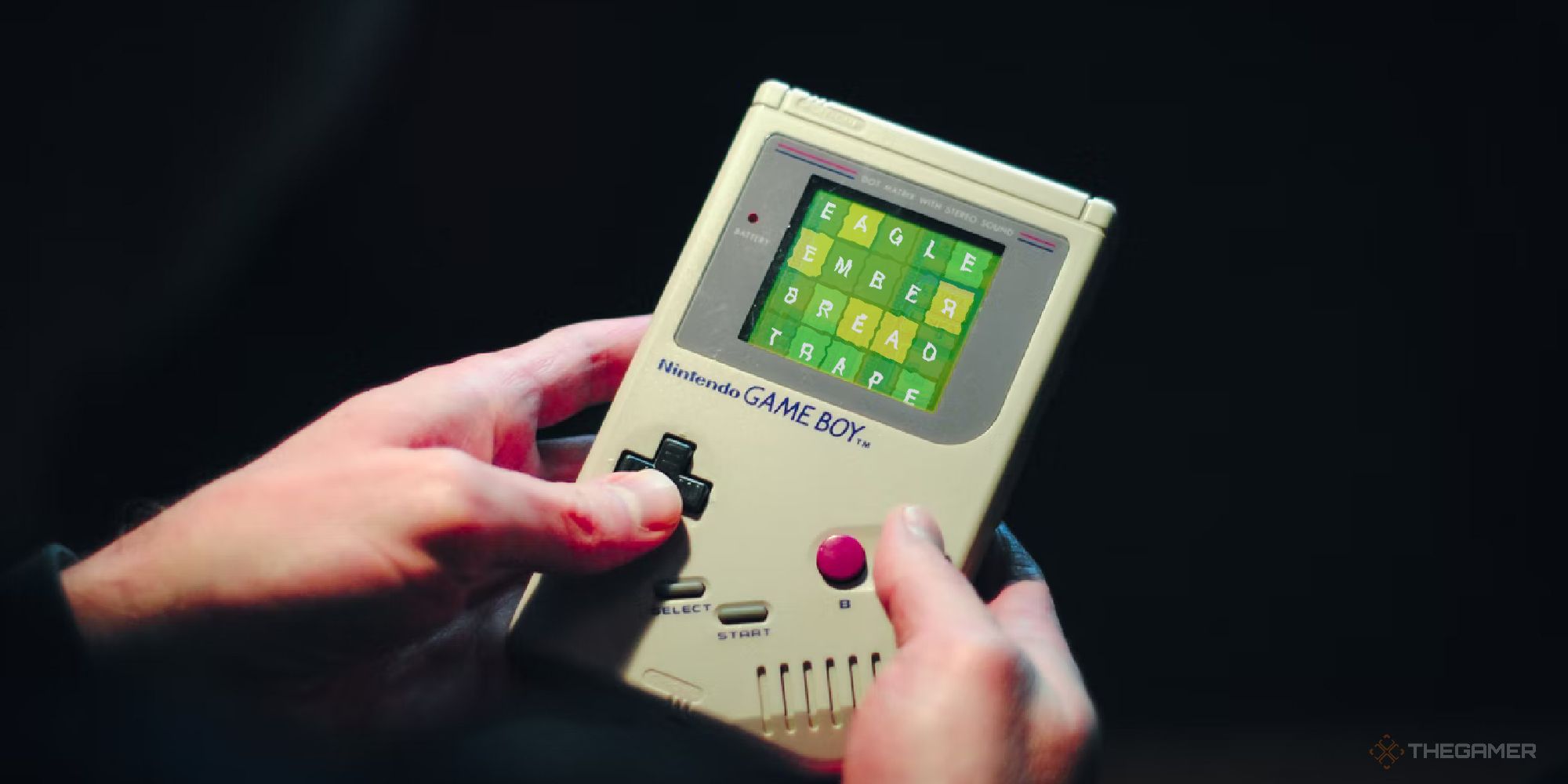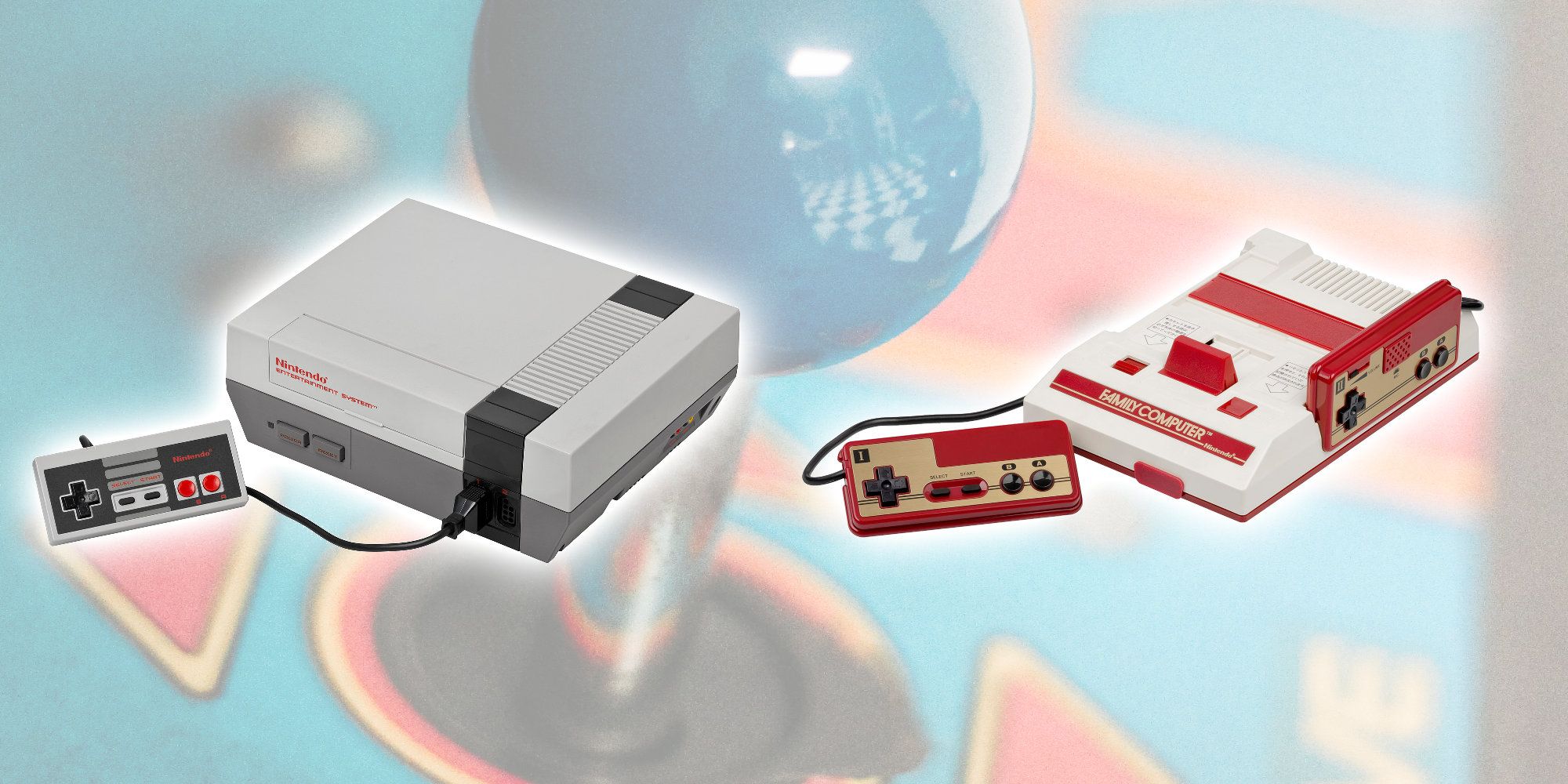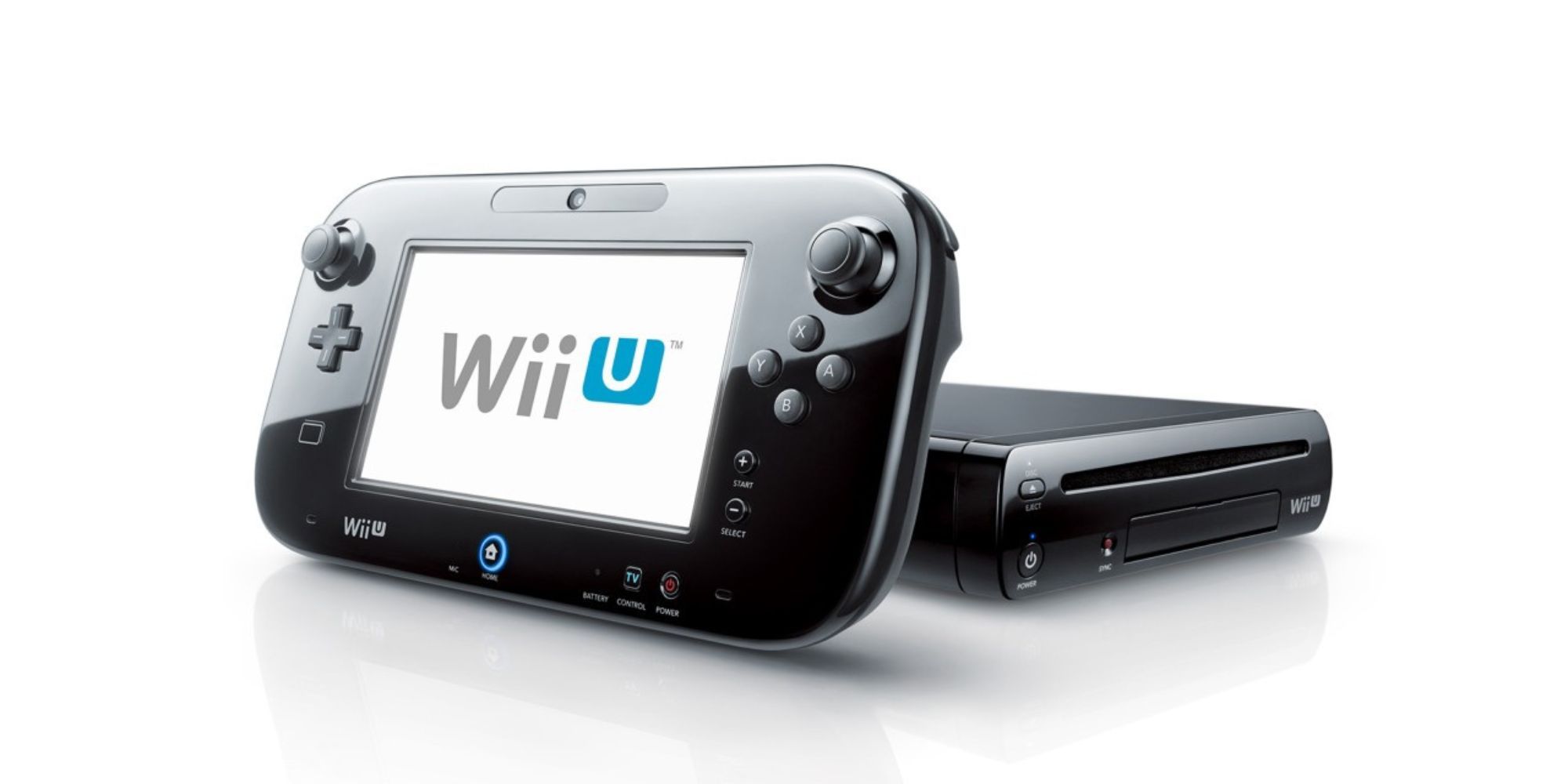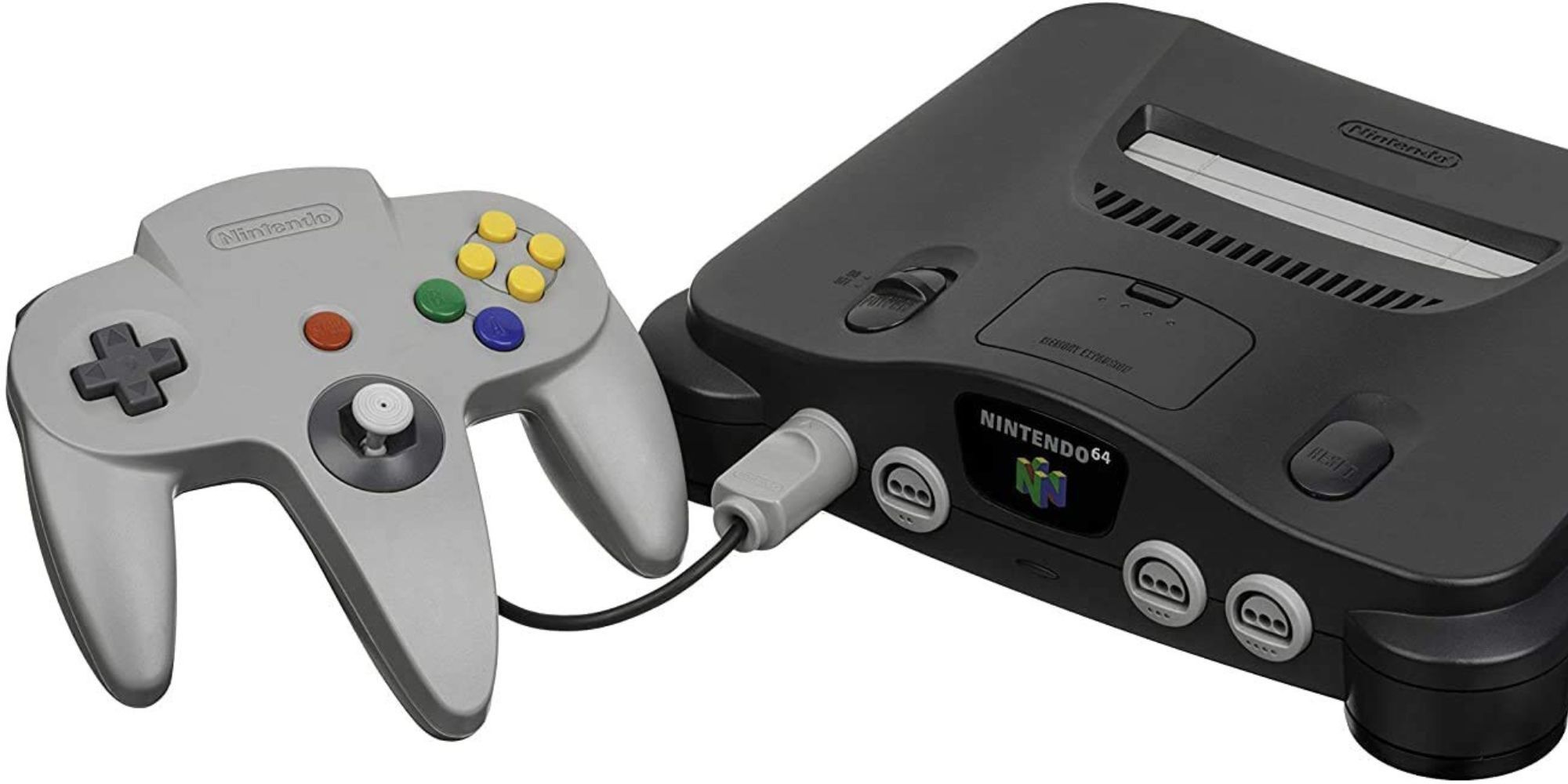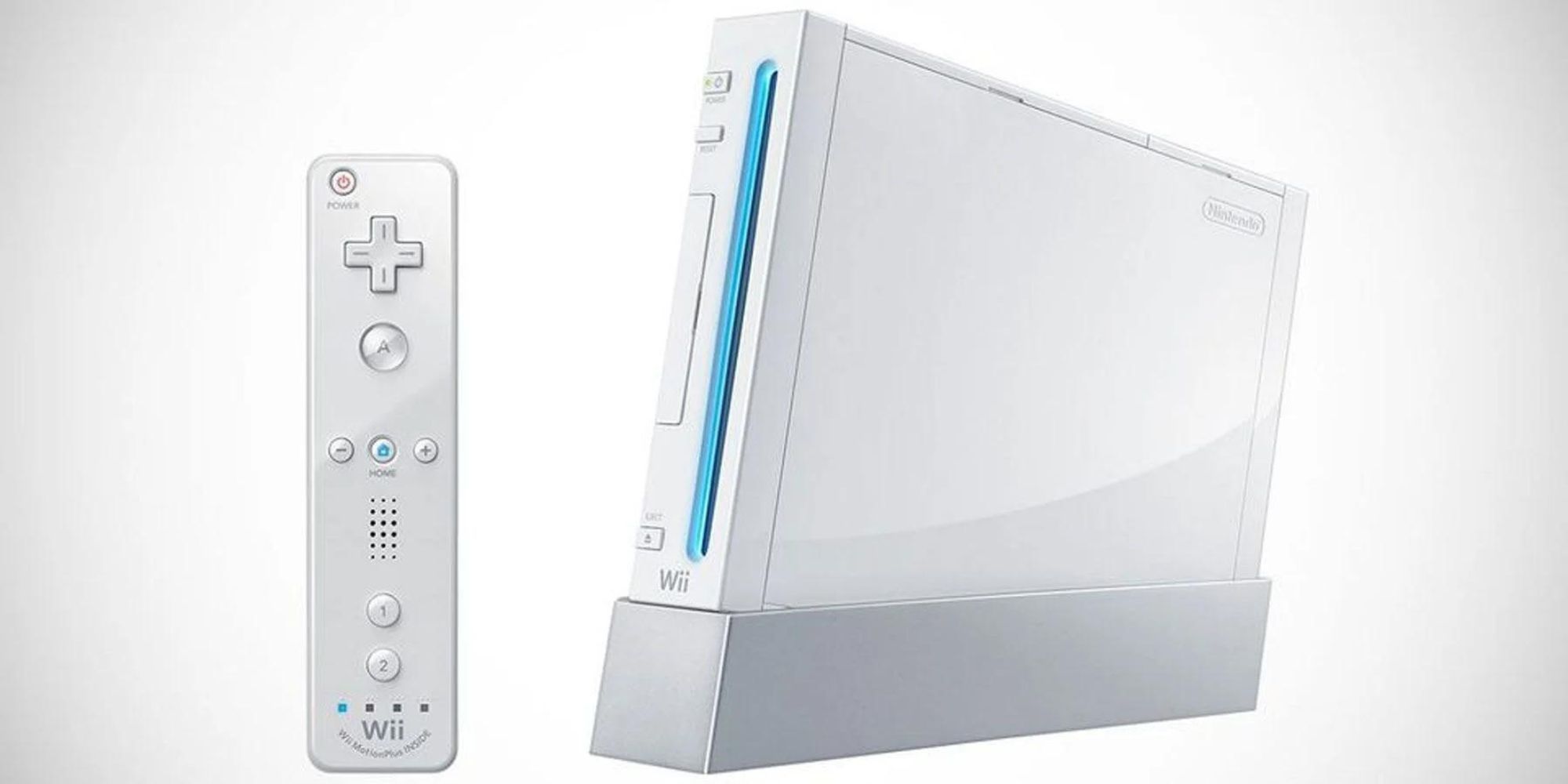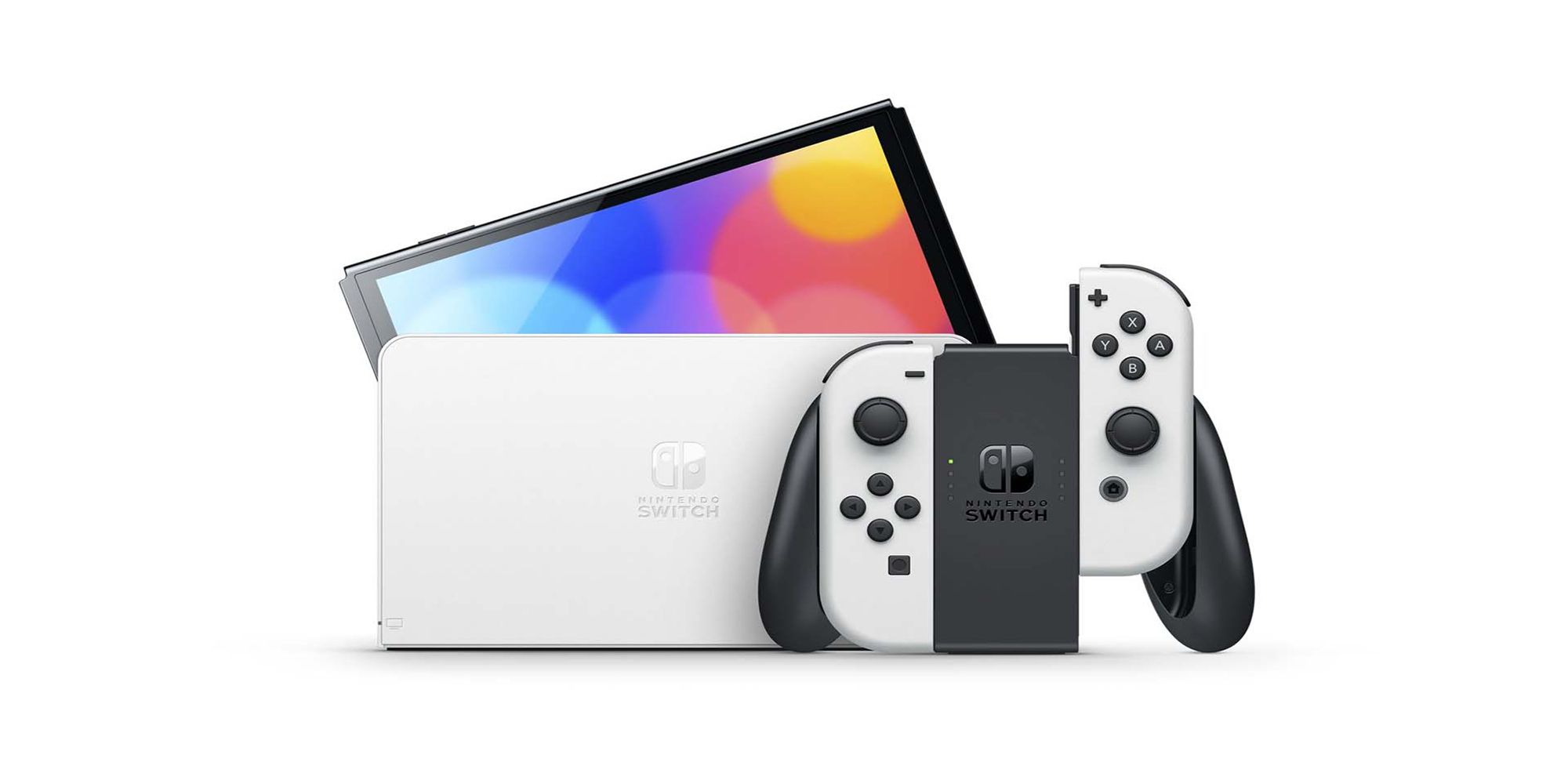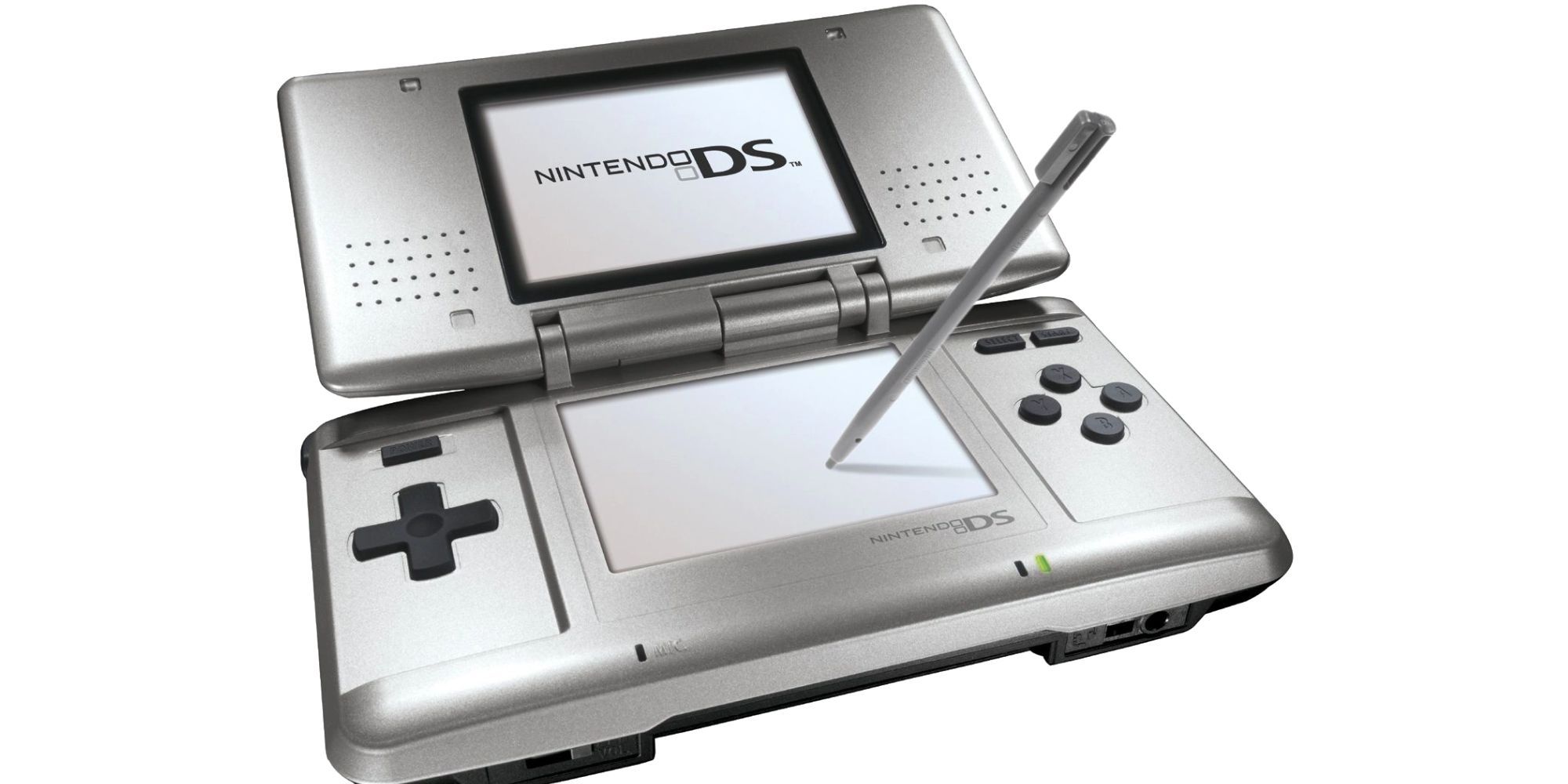For many video game enthusiasts, the first thing they think of when they hear the name 'Nintendo' is innovation. Well, the first word to actually come to mind is more likely 'Mario', but you get the idea. The company is known for innovation, and not just with its first-party games — but with its actual hardware, too.
Nintendo consoles have often bucked convention and blazed new trails for where video games can go. Which machines have changed the game the most, though? They might not all be masterpieces, but they all deserve some level of admiration, even those that haven't made it onto this list — here's looking at you, Virtual Boy.
10 Game Boy Advance
First released in 2001, the Game Boy Advance was a notable advancement of what made the original Game Boy such a special console for many players. It put Nintendo games in the palm of your hand — albeit not that many original titles. The system touted an ergonomic design that was perfect for headbutting during moments of frustration and featured a 32-bit processor, although many of the titles released on the platform were held back by other graphical limitations.
Future redesigns of the GBA, such as the GBA SP, gave the system some welcome quality of life features, but at the end of the day, the GBA didn't do anything particularly new. It just did things well.
9 GameCube
Nintendo's main home machine of the sixth generation of video game consoles was exactly what its name, the GameCube, implied. It played games and it was a cube. Some of those games were great. A few even made use of unique features, like the ability to connect and integrate a GBA into play.
However, great games do not make a console innovative on its own, and the system didn't do much to shake up the world of video games besides giving its controller a weird little nub for a second analog stick. The console did have a handle, though, so maybe it could be considered Nintendo's first portable-home console hybrid?
8 Super Nintendo Entertainment System
Like most Nintendo consoles, the SNES had plenty of excellent games, and with Nintendo's naming conventions during that era — with titles like Super Mario, Super Metroid, Super Punch-Out!!, and more of that ilk — it was always super easy to identify them. Some of the best games of all time came out for the system, and some of those didn't even have 'Super' attached to the title; games like EarthBound, Final Fantasy VI, and The Legend of Zelda: A Link to the Past.
That said, it wasn't the most earth-shattering piece of hardware of that generation. Despite the console selling extremely well, the Sega Genesis gave it a run for its money when it came to cultural impact.
7 Game Boy
With a price point that could edge out its competitors and a library of games that established franchises that are still phenomenally popular today, the Game Boy remains for many a defining device in their history with video games.
It wasn't the prettiest console, or the one most capable of stunning graphics — even its evolved form, the Game Boy Color, pales in comparison to some other handhelds available at the time. However, being able to play video games under a blanket at night, on a flight, or even just outside under a shady tree, was a magical thing now often taken for granted. The Game Boy wasn't the first handheld console that used interchangeable cartridges to play games, but it was the one that popularized the practice.
6 Nintendo Entertainment System
The original NES, also known as the Family Computer (or Famicom) in Japan, changed the game when it came to home consoles. In the years immediately preceding the release of the NES, some thought that cartridge-based games consoles might fade away — especially after the financial collapse of the video game industry in 1983.
However, the roaring success of Nintendo's first real foray into cartridge-based hardware proved the naysayers wrong. Beyond just selling well, Nintendo also began to incorporate third-party licensing into its business practices, which greatly expanded the console's library and the impact of the NES in video game history.
5 Wii U
Innovation doesn't necessarily need to equate to success. Take the Wii U, for example. First released in 2012, the successor to the Wii featured the GamePad, a controller unlike anything its competitors were doing. Some games utilized the tablet-like controller as a supplementary device, while others let you play entirely in handheld mode.
One problem with the Wii U, though, was that it was unclear that the GamePad wasn't just a tablet to use with your Wii. Some people didn't even know it was its own console. The confusing marketing, alongside hardware specs that were far behind its competitors, led the Wii U to become a financial disappointment. Still, it was innovative.
4 Nintendo 64
For many video game enthusiasts, the Nintendo 64 featured the first 3D game they saw on a home console. That game was none other than Super Mario 64. The Nintendo 64 was a monumental moment in video games history, considering what it could do with 3D gaming, but the system innovated in many other ways, too.
Not only did the controller popularize the thumbstick — despite seemingly being made for people with three hands — but the system also popularized having four controller ports, allowing for increased and better multiplayer experiences.
3 Wii
With a focus on games appealing to diverse demographics, and the motion-sensing Wii Remote as the system's primary controller, the Nintendo Wii boldly declared that the company was not interested in doing what its peers at Microsoft and Sony were doing.
It was a gamble, but it was one that paid off. The Wii was a huge hit despite not being the hardest-hitting hardware on the market. Who needs HD graphics when you can simulate bowling in Wii Sports?
2 Nintendo Switch
After decades in both the handheld and home console markets, Nintendo merged the best of both worlds with the 2017 launch of the Nintendo Switch. Unlike its predecessor, the Wii U, everything about the Switch was straightforward.
It could switch from a handheld system to a home console in a second. Its innovation was simple, but was still a game-changer in how it offered a choice in how and where you play. Especially when this came without too many compromises in the actual experience of playing games.
1 Nintendo DS
After years and years of new iterations of the Game Boy, Nintendo probably could have just kept on with what they were doing and maintained market dominance of handheld gaming. However, keep to the status quo they did not. Instead, the Nintendo DS was launched, offering more than just better specs than the company's previous handhelds. It offered two screens.
More significantly, one of those was a touchscreen, a function that has been hugely innovative, especially in mobile games. With subsequent new models and iterations (from the DSi to the 3DS), the system had a shelf life of well over a decade, and continued to be a great device until Nintendo decided to shutter the ecosystem's eShop.

